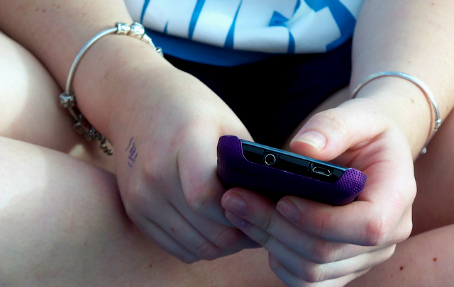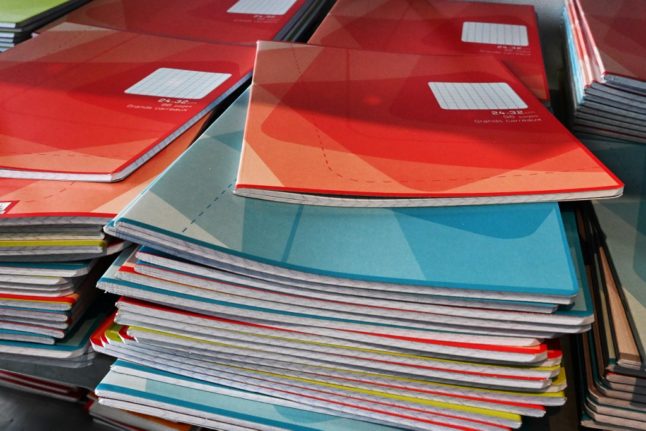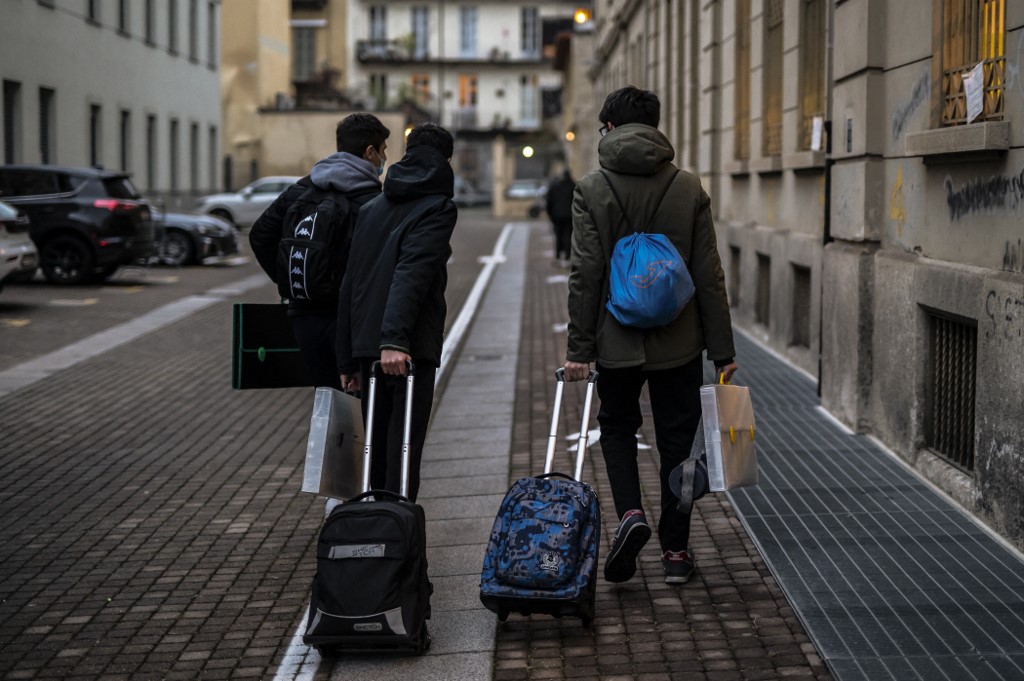The girl leaped from the window of her home on Sunday, leaving a note addressed to the classmates who had allegedly hounded her online.
It was far from an isolated incident – cyberbullying is a rampant, silent epidemic in Italy, and one which mostly affects young people.
But despite its widespread nature, cyberbullying – and bullying in general – is not considered a crime in Italy. As such, bullying is only reported to the police in cases where the abusive behaviour takes a criminal form such as stalking or physical abuse – by which time it is often too late.
In May last year, Italy's Senate unanimously approved a draft bill to criminalize forms of cyberbullying and take measures to stamp it out in schools.
But the slow pace of legislation means that the final hearing of the bill in the House of Representatives is not planned until March, at the earliest.
“There is no more time to waste,” Paola Ferrari, spokesperson for the National Observatory on Bullying, told Today.it. “The bill needs to be approved as soon as possible.”
Donatella Ferranti, chairman of the House Judiciary Committee, promised the new laws would be brought in, but gave no hint as to when they would arrive.
“We hope to get to work on a final version of the bill as soon as possible,” she told Today. “It's a phenomenon which is sadly on the rise and involves victims and aggressors who are often younger than 14.”
According to the most recent figures by the national statistics agency, Istat, 5.9 percent of all youngsters are subject to some form of cyberbullying. Typical behaviours include threatening or offensive messages and social media posts, but more sinister acts like online stalking and digital identity theft are not uncommon.
Pietro Grasso, the president of the Senate, suggested new legislation should enable schools to do more to counteract the phenomenon.
“Above all else, in our schools we need to create a safety net for our most vulnerable children. We need to educate them on how much damage you can do with words and actions that might seem harmless.”





 Please whitelist us to continue reading.
Please whitelist us to continue reading.
Member comments